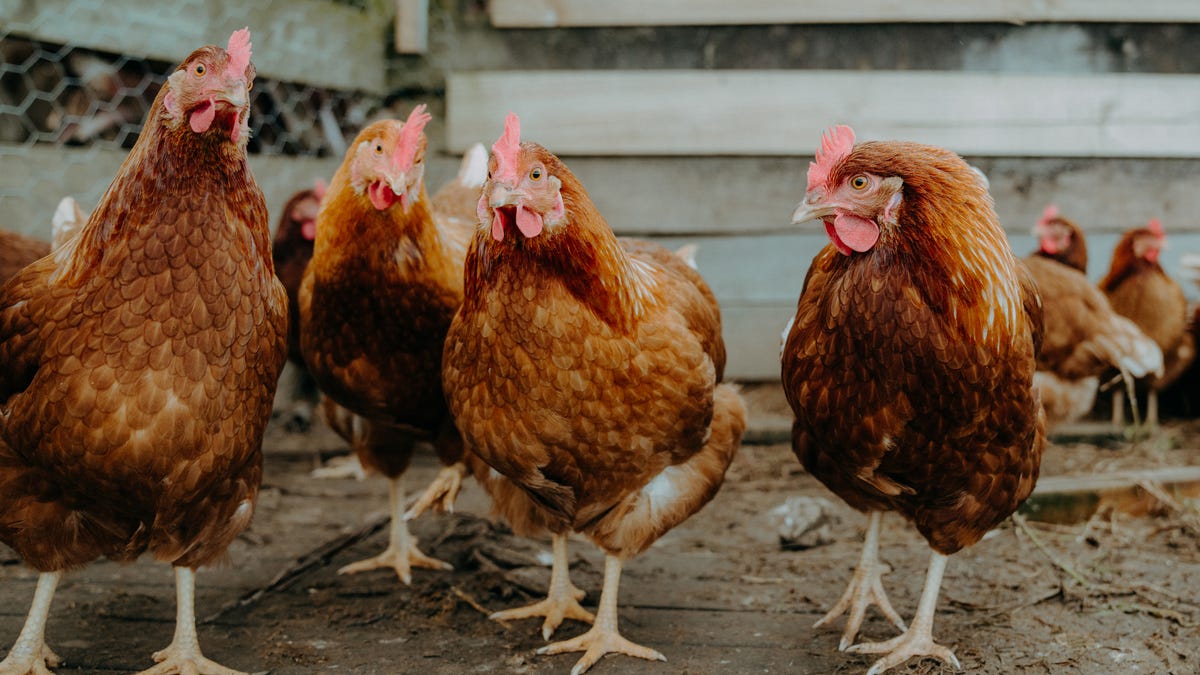First Human Case of H3N8 Bird Flu Detected in China

Influenza viruses naturally infect avian species, such as chickens, and new strains can jump into humans.
What's happening
A case of H3N8 influenza was detected in a 4-year-old boy in China.
Why it matters
It's the first time the virus has jumped from animals to humans -- but it looks like a one-off jump and further risk of spread is low.
The first case of H3N8 avian influenza has been recorded in China, according to a report by Reuters on Tuesday.
China's National Health Commission released a statement on Tuesday confirming a 4-year-old boy was infected with the strain of bird flu. The boy, from the central Chinese province of Henan, was in close contact with chickens and wild ducks and came down with a fever on April 5. He was admitted to hospital on April 10.
The National Health Commission said it believes the virus doesn't yet have the ability to effectively infect humans.
H3N8 hasn't been detected in humans before, but the influenza strain does cause disease in birds, horses and dogs. Some studies have linked the 1889 Russian pandemic with the strain, but this has never been proven.
"These early infections should always be responded to thoroughly and comprehensively with sensitive testing of contacts to ensure no other spread occurred or is ongoing," said Ian Mackay, a virologist at the University of Queensland, Australia.
Mackay notes these jumps do occasionally happen and will continue to happen "while we live very close to virus hosts." The case seems to be isolated to the 4-year-old boy, with the National Health Commission stating close contacts were tested but none showed signs of infection.
The incidence of animal-to-human transmission (zoonosis) is predicted to increase as humans encroach further on natural habitats of disease-carrying species. Recent studies have suggested climate change will further increase the incidence of zoonosis.

